12 Tips To Maintain Long Hair
By: Priyanka Maheshwari Sat, 20 Jan 2024 10:42:28
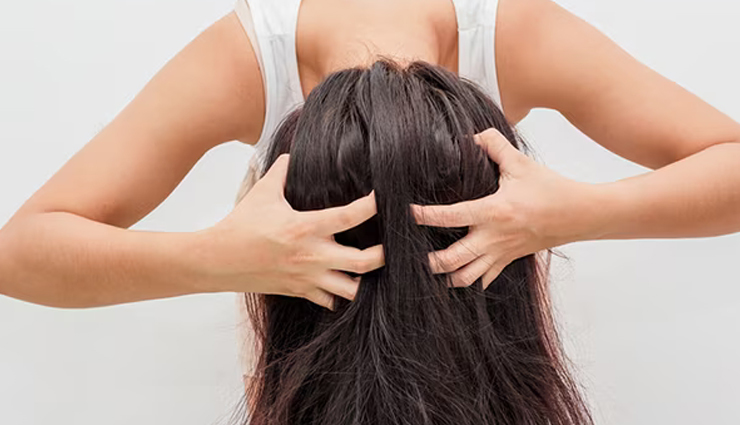
Do you aspire to have long, healthy, and luxuriant hair similar to Rapunzel's? If so, you'll likely appreciate some scientifically-backed tips for achieving and maintaining lengthy locks. While many of us desire the look of long hair, the associated maintenance often dissuades us from pursuing it. Longer hair is more susceptible to damage compared to shorter styles, requiring additional care and nourishment. To assist you in achieving your goal of having beautiful, lengthy hair without the hassle of damage, we've compiled some fantastic tips. Don't wait any longer—let's delve into them now.
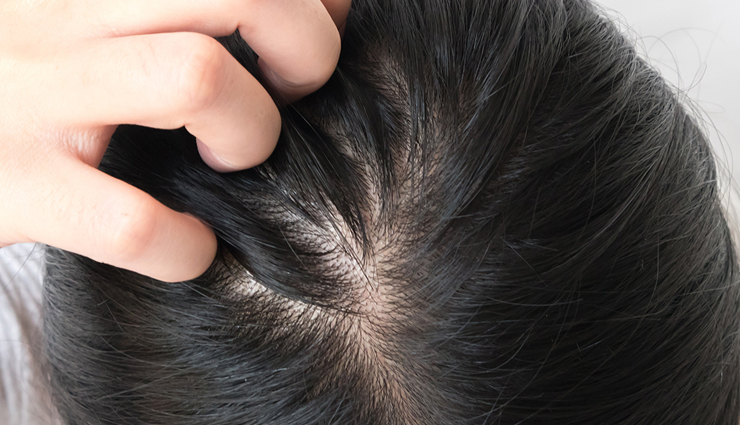
# Prioritize Scalp Care
The foundation for healthy and lengthy hair lies in caring for your scalp. A well-maintained scalp creates an optimal environment for hair growth, influencing both the rate and overall health of your hair. By ensuring proper scalp care, you facilitate the delivery of blood and nutrients to the hair follicles, resulting in stronger hair and reduced hair loss.
To achieve this, use mild shampoos to cleanse your scalp, removing excess oil, dirt, and product buildup. Incorporate scalp massages into your routine to enhance blood circulation and stimulate the hair follicles, promoting a rejuvenating experience. Scientific studies have shown that regular scalp massages, lasting 11-20 minutes daily over an average of 7.4 months, contributed to hair loss stabilization or regrowth in 68.9% of participants. Visible results were reported after approximately 36.3 hours of scalp massage.
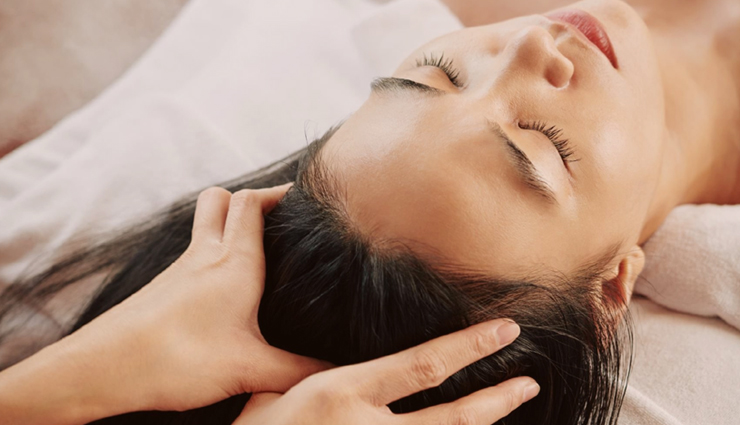
# Oil Your Hair Twice Weekly
A bi-weekly hot oil head massage serves as an effective home remedy for achieving and maintaining long hair. This practice not only induces relaxation but also boosts hair thickness and nourishment. Applying oils like coconut, lavender, or almond to the scalp enhances hair growth. Follow these steps:
- Apply warm oil to the scalp and massage gently with your fingertips.
- Allow the oil to soak in.
- Wrap your head with a hot towel for 10 minutes to facilitate oil absorption.
- Leave the oil on for 1-2 hours before washing your hair with cold water and a mild shampoo.
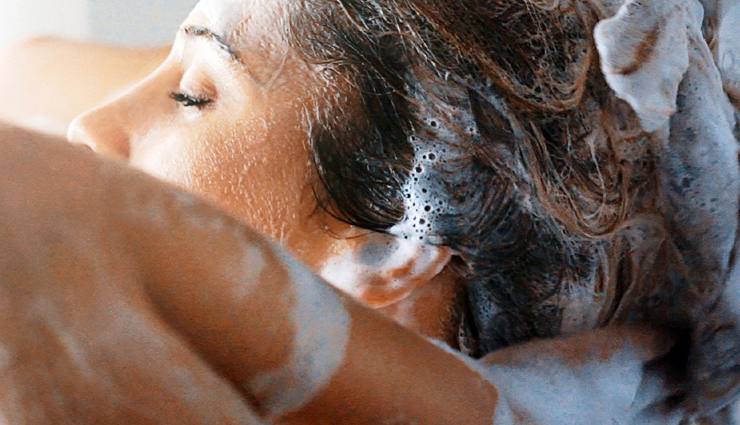
# Reduce Shampoo Frequency
Limiting the frequency of shampooing is essential for preserving the natural oils in your hair. Daily shampooing can lead to dry, frizzy, and brittle hair prone to breakage. Choose a sulfate-free shampoo suitable for your hair type and needs, ensuring it is gentle to avoid stripping natural oils. When shampooing, focus on the scalp, allowing suds to slide down the hair, minimizing the risk of breakage.

# Gentle Hair Drying
Avoid rough towel-drying, as it increases the likelihood of hair breakage. Opt for a soft towel or an old T-shirt to pat your hair dry and allow it to air-dry naturally. Use microfiber towels for their thinness and high water-absorbing power, reducing drying time and preventing roughness, tangles, frizz, and flyaways.

# Utilize a Wide-Toothed Comb
Long hair is prone to tangling, making daily brushing essential for removing snarls and knots. Choose a wide-toothed comb, starting from the bottom when your hair is dry, and gradually work your way up to prevent pulling, damage, and hair fall. Boar bristle brushes are effective for distributing natural scalp oils. For wet hair, detangle gently with your fingers, avoiding excessive stretching that occurs with wet brushing.
-1705725014-lb.jpg)
# Regular Hair Trimming
Contrary to intuition, regular trimming every six to eight weeks helps eliminate split ends and breakage, promoting healthier-looking hair. This practice minimizes damage and supports overall hair growth.
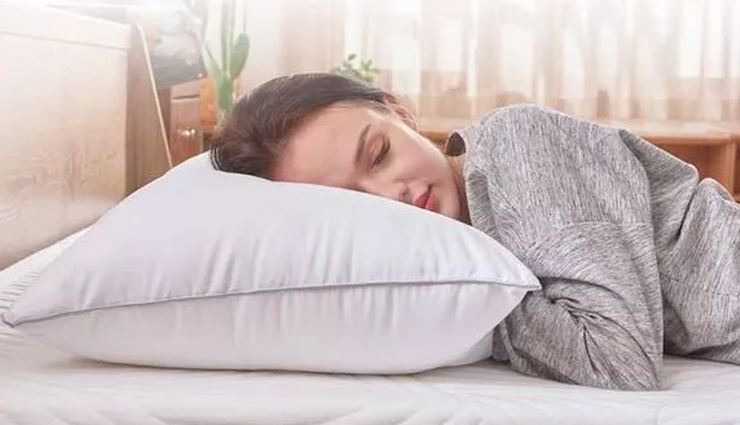
# Opt for Silk or Satin Pillowcases
Switching from cotton to silk or satin pillowcases reduces morning hair tangles and messiness. These materials offer a softer surface, causing less friction than cotton. Additionally, silk helps maintain hair moisture, preventing split ends and preserving hairstyles for an extended period.
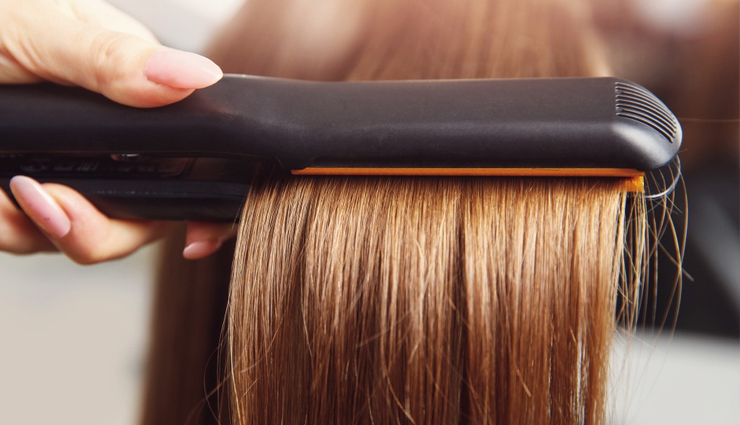
# Minimize Heat Styling
Excessive use of heat styling tools, such as straighteners and curling wands, can damage hair, leading to reduced thickness and shine. Cut back on their usage, or if unavoidable, use a heat protectant to create a barrier and prevent damage, ensuring a sleek and frizz-free hairstyle.

# Vary Your Hairstyle
While ponytails and similar styles are appealing, tight hairstyles create stress on the roots, contributing to hair breakage. Opt for loose hairstyles like a top knot or braids to showcase long hair without tension on the cuticles. Additionally, use hair bands that do not pull at the roots.
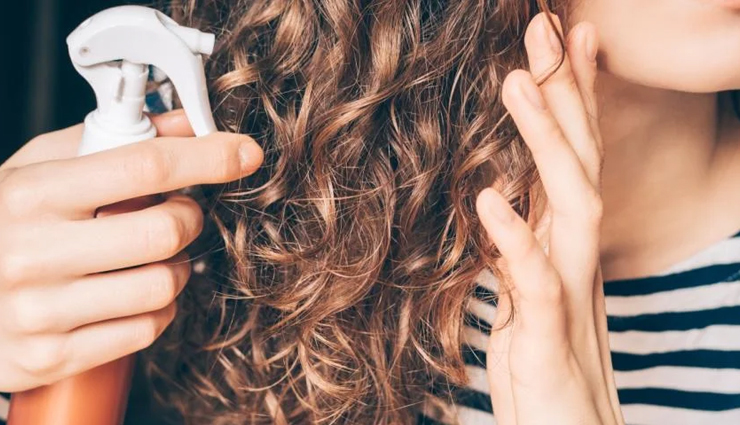
# Choose Nourishing Hair Products
Long hair requires special attention, and using chemical-free, mild shampoos, conditioners, and styling products is crucial. Chemical buildup can negatively impact hair health, so opt for lightweight products and apply a heat protectant spray before styling to create a protective barrier.

# Maintain a Balanced Diet
Achieving and maintaining long hair involves more than external care; it also requires proper nutrition. Include foods rich in protein, vitamins (B, C, D, and E), and omega-3 fatty acids in your diet to support hair health and prevent issues like hair loss and premature graying.

# Stay Hydrated
Dehydration can lead to dry skin and scalp, resulting in brittle, frizzy, and limp hair. Ensure you stay hydrated by drinking enough water, as it contains trace elements like zinc, copper, iron, and calcium that contribute to hair health, strengthen the roots, and prevent breakage.





